
How to securely store and manage your crypto assets
Welcome to the world of cryptocurrency! It's exciting to be a part of this new digital economy, but as with any new technology, there are risks involved. One of the most important things you can do as a cryptocurrency holder is to learn how to securely store and manage your crypto assets.
In this article, we'll cover everything you need to know to keep your cryptocurrency safe from hackers and other malicious actors. We'll give you practical tips on choosing a secure wallet, setting strong passwords, enabling two-factor authentication, and more. We'll also cover some of the common scams and phishing attacks to watch out for, so you can protect yourself and your assets.
But we won't just be giving you dry, technical advice – we believe that learning can be fun too! So, we'll be infusing some humor into our writing to keep things light and enjoyable. After all, learning about cryptocurrency doesn't have to be boring or intimidating.
So, whether you're a seasoned crypto veteran or just starting out, buckle up and get ready to learn how to securely store and manage your crypto assets. It's time to take your digital wealth into your own hands and protect it like the valuable asset it is. Let's get started!
Understand the Risks
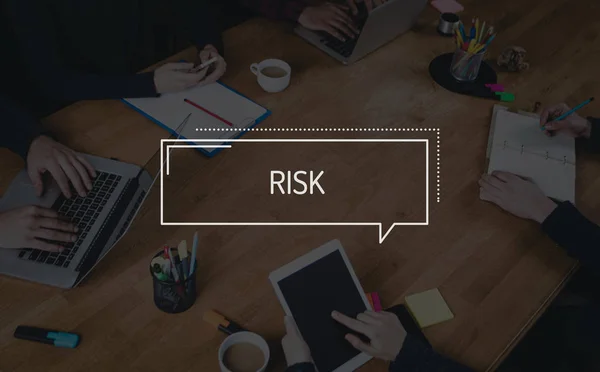
Before you jump headfirst into the world of cryptocurrency, it's essential to understand the risks involved. While cryptocurrencies offer many benefits, such as decentralization, anonymity, and fast transaction speeds, they are also highly volatile and susceptible to hacking and fraud.
One of the biggest risks of cryptocurrency is the potential for hackers to steal your funds. Cybercriminals can exploit vulnerabilities in your computer or phone's security, such as weak passwords, unsecured internet connections, or outdated software, to gain access to your wallet and steal your funds.
Another risk is the volatility of cryptocurrency prices. Unlike traditional stocks and bonds, cryptocurrencies can fluctuate wildly in value, sometimes within a matter of hours. While this volatility can present opportunities for profit, it can also result in significant losses if you're not careful.
Additionally, cryptocurrency scams and phishing attacks are prevalent in the industry. These scams can take many forms, such as fake ICOs (Initial Coin Offerings), fake wallets, and fraudulent exchanges. It's essential to educate yourself on these types of scams and learn how to spot them to avoid becoming a victim.
Understanding the risks is the first step in protecting your cryptocurrency assets. By knowing what you're up against, you can take the necessary precautions to keep your funds safe. In the next section, we'll cover some practical tips for choosing a secure wallet to store your crypto assets.
Choose a Secure Wallet 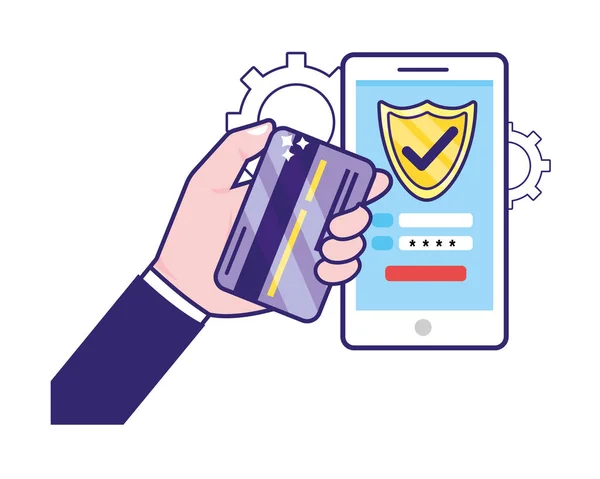

Choosing a secure wallet is one of the most critical steps in protecting your crypto assets. A wallet is a digital tool that allows you to store, send, and receive cryptocurrencies. There are two main types of wallets: hardware wallets and software wallets.
Hardware wallets are physical devices that store your private keys offline, making them highly secure. Some popular hardware wallet brands include Ledger and Trezor. On the other hand, software wallets are digital wallets that run on your computer or phone. While software wallets are more convenient, they are also more vulnerable to hacking.
When choosing a wallet, it's crucial to do your research and choose a reputable brand. Look for wallets that have been around for a while and have a good reputation in the crypto community. Read reviews and do your due diligence before entrusting your funds to any wallet.
Another important factor to consider is the wallet's security features. Look for wallets that offer two-factor authentication (2FA), which adds an extra layer of protection to your account. Some wallets also offer multisig (multi-signature) technology, which requires multiple signatures to approve transactions, making it much harder for hackers to steal your funds.
It's also a good idea to keep your cryptocurrency holdings spread out over multiple wallets. This way, if one wallet is compromised, you won't lose all your funds. Be sure to keep your private keys safe and never share them with anyone.
Choosing a secure wallet is the foundation of keeping your crypto assets safe. In the next section, we'll cover some practical tips for setting strong passwords and enabling 2FA to further secure your wallet.
Set Up Strong Passwords 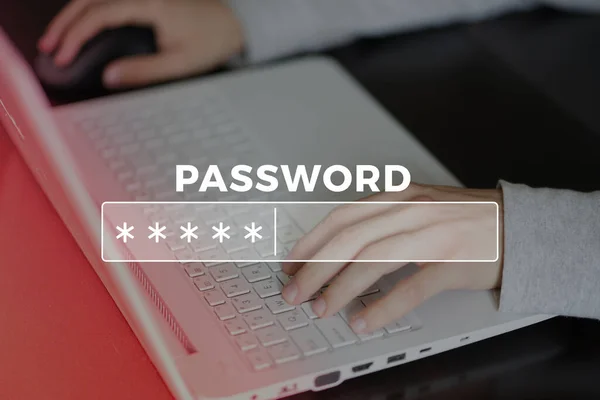

One of the simplest and most effective ways to protect your cryptocurrency wallet is by setting up strong passwords. A strong password is one that is difficult for others to guess, making it much harder for hackers to gain access to your wallet.
When creating a password for your cryptocurrency wallet, it's important to choose one that is unique and complex. Avoid using common words or phrases, as these are easy for hackers to guess. Instead, use a combination of letters, numbers, and special characters.
Experts recommend using a passphrase instead of a password. A passphrase is a longer, more complex password that is made up of multiple words strung together. The longer and more random your passphrase, the harder it is to crack. For example, "correct horse battery staple" is a popular passphrase that is easy to remember but difficult for others to guess.
Another tip is to avoid using the same password for multiple accounts. This way, if one account is compromised, the others will still be safe. Consider using a password manager to help generate and store unique passwords for each account.
In addition to setting up strong passwords, enabling two-factor authentication (2FA) is another critical step in securing your cryptocurrency wallet. 2FA adds an extra layer of protection by requiring a second form of identification, such as a fingerprint or a text message code, in addition to your password.
By setting up strong passwords and enabling 2FA, you can greatly reduce the risk of your cryptocurrency wallet being compromised. However, these are just a few of the many steps you can take to protect your digital assets. In the next section, we'll discuss additional security measures you can implement to further safeguard your cryptocurrency holdings.
Enable Two-Factor Authentication
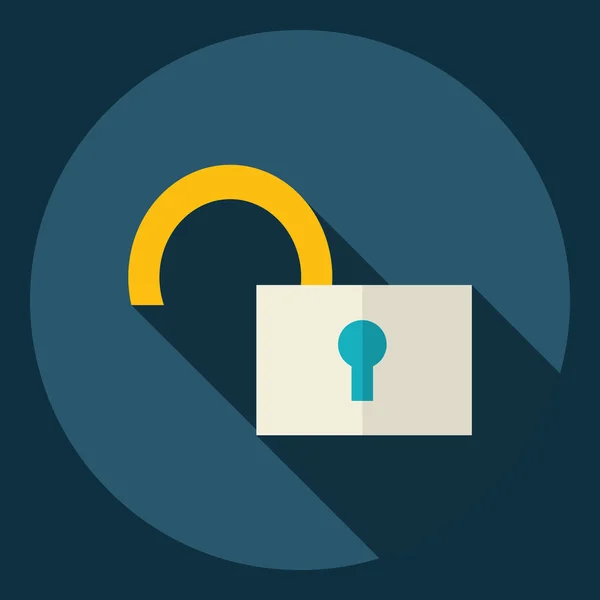
As mentioned in the previous section, enabling two-factor authentication (2FA) is an essential step in securing your cryptocurrency wallet. 2FA adds an extra layer of protection by requiring a second form of identification in addition to your password. This could be a fingerprint, a text message code, or a biometric scan.
There are several types of 2FA methods available, including hardware tokens, software tokens, SMS verification, and biometric verification. Hardware tokens are small devices that generate a unique code that is entered in addition to your password. Software tokens are similar to hardware tokens, but they are usually available as a mobile app that generates a unique code. SMS verification sends a code to your mobile phone that you must enter in addition to your password. Biometric verification uses your fingerprint or face recognition to confirm your identity.
Enabling 2FA for your cryptocurrency wallet is typically straightforward. Most wallets and exchanges offer this feature as an option in their security settings. Once enabled, you will be prompted to enter a code or scan your fingerprint each time you log in to your account. This can be slightly inconvenient, but the added security is well worth the extra few seconds it takes to enter the code.
It's important to note that even with 2FA enabled, there is still a risk of your cryptocurrency wallet being compromised. Hackers can use sophisticated methods to bypass 2FA, so it's crucial to implement additional security measures.
In the next section, we'll discuss some other ways to secure your cryptocurrency wallet, including using a hardware wallet and keeping your software up to date. By following these tips, you can greatly reduce the risk of your digital assets being stolen or lost.
Keep Your Software Updated 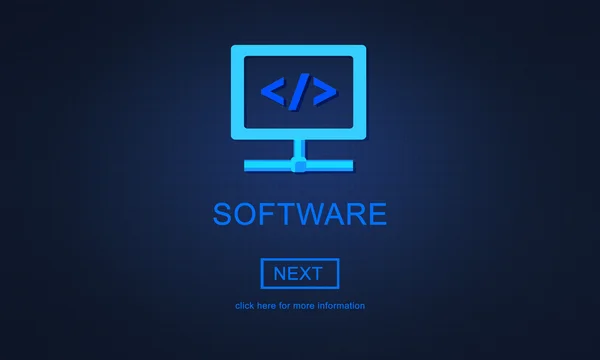

Keeping your software up to date is an important step in securing your cryptocurrency assets. Software updates often include security patches that address vulnerabilities that hackers may exploit to gain access to your wallet. By keeping your software up to date, you can ensure that you have the latest security features and that your wallet is protected from the latest threats.
To keep your software updated, you should regularly check for updates and install them as soon as they become available. Most wallets and exchanges will notify you when updates are available, but it's also a good idea to periodically check their website for any news or updates. In addition to updating your wallet or exchange software, it's also important to keep your computer or mobile device's operating system and other software up to date as well.
In some cases, updates may require you to transfer your funds to a new wallet or temporarily disable certain features while the update is being applied. It's important to carefully read the update instructions and follow them closely to avoid any potential issues.
One thing to keep in mind is that older versions of software may become unsupported over time. This means that they will no longer receive updates or security patches, leaving your wallet vulnerable to attack. It's important to regularly check that your wallet or exchange is still being actively supported and that you're using the latest version of the software.
By keeping your software up to date, you can greatly reduce the risk of your cryptocurrency wallet being compromised. Remember to regularly check for updates and install them as soon as possible, and be aware of any potential risks or requirements associated with updates. Following these simple steps can help ensure that your digital assets are safe and secure.
Secure Your Internet Connection
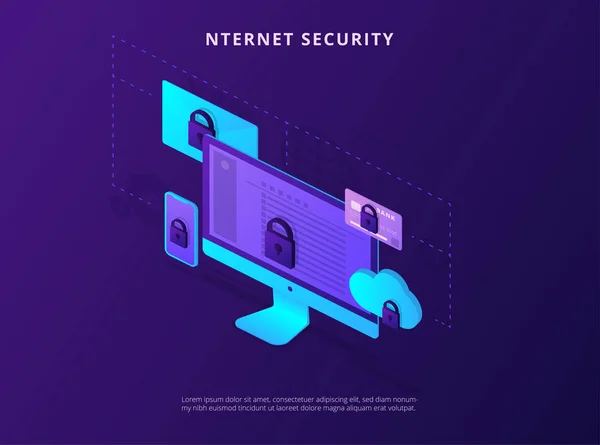
Securing your internet connection is another important step in protecting your cryptocurrency assets. A weak or compromised internet connection can leave your wallet vulnerable to attack, as hackers can intercept your data and gain access to your funds.
To secure your internet connection, it's important to use a strong and secure password for your Wi-Fi network. Avoid using easily guessable passwords, such as "password" or "123456", and instead use a combination of letters, numbers, and symbols. You should also consider using a Wi-Fi network that is not broadcasted, as this can make it more difficult for hackers to detect and target your network.
Another important step is to use a virtual private network (VPN) when accessing your wallet or exchange. A VPN encrypts your internet traffic and provides an additional layer of security, making it more difficult for hackers to intercept your data. When using a VPN, be sure to choose a reputable provider and use a strong password for your account.
It's also important to be aware of potential security risks when using public Wi-Fi networks, such as those found in coffee shops or airports. Public Wi-Fi networks are often unsecured, making it easy for hackers to intercept your data. If you must use public Wi-Fi, consider using a VPN or a mobile hotspot to encrypt your internet traffic and protect your wallet.
Finally, be sure to regularly monitor your internet connection for any suspicious activity. Look out for any unauthorized devices or connections on your network, and report any suspicious activity to your internet service provider.
By taking these steps to secure your internet connection, you can greatly reduce the risk of your cryptocurrency wallet being compromised. Remember to use a strong and secure password for your Wi-Fi network, consider using a VPN, and be cautious when using public Wi-Fi. By being vigilant and proactive, you can help ensure that your digital assets remain safe and secure.
Backup Your Wallet
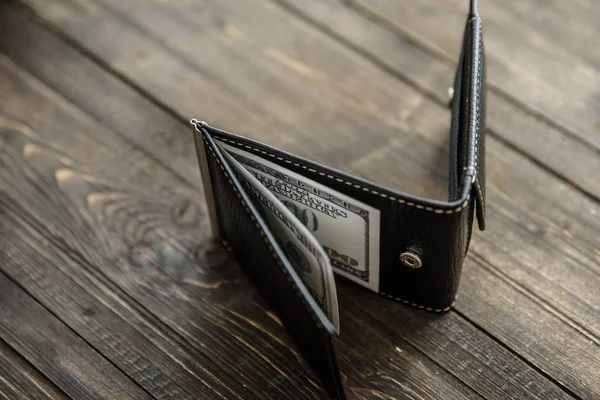
When it comes to storing and managing your crypto assets, backing up your wallet is crucial. A wallet backup is a copy of your private keys, which are needed to access your funds. If your wallet is lost, stolen, or damaged, having a backup ensures that you can still access your funds.
There are a few different methods for backing up your wallet, and the specific method will depend on the type of wallet you are using. Some wallets may automatically create backups for you, while others may require manual backups.
One common method for backing up a wallet is to write down your private keys on a piece of paper or store them on a USB drive. It's important to store these backups in a secure location, such as a safe or safety deposit box.
Another option is to use a hardware wallet, which is a physical device that stores your private keys offline. These wallets typically come with a seed phrase, which can be used to restore your wallet if it is lost or damaged.
It's important to regularly update your wallet backups to ensure that they are current. If you make any transactions or generate new addresses, you'll need to update your backups accordingly.
By backing up your wallet, you can ensure that your crypto assets are secure even in the event of a lost or damaged device. Don't overlook this important step in securing your crypto assets.
Use Cold Storage for Long-Term Storage
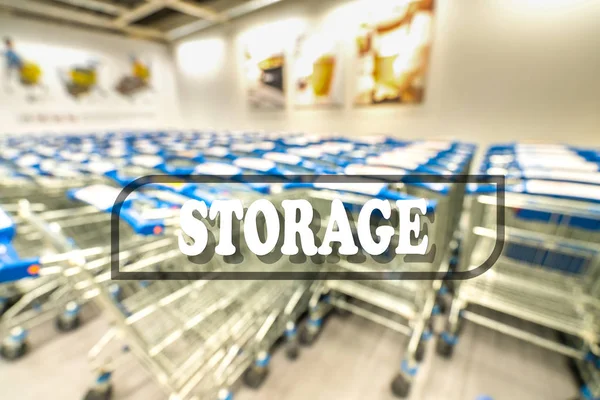
Cold storage refers to a method of storing crypto assets offline, away from the internet. This is an important security measure for long-term storage, as it greatly reduces the risk of hacking or theft.
There are a few different types of cold storage, including paper wallets, hardware wallets, and even physical storage methods like safe deposit boxes or fireproof safes. Each method has its own advantages and disadvantages, so it's important to do your research and choose the option that is best for your needs.
One common method of cold storage is a paper wallet, which is essentially a piece of paper that contains your private keys. To create a paper wallet, you can use a website or software that generates a random set of keys and prints them out for you. It's important to keep this paper in a secure location, such as a safe or safety deposit box.
Hardware wallets are another popular cold storage option. These are physical devices that store your private keys offline, similar to a USB drive. They typically have a screen and buttons for entering a PIN, and they can be connected to a computer or mobile device when you need to make a transaction.
While cold storage is a great option for long-term storage, it's important to remember that it may not be as convenient as using a hot wallet for daily transactions. You'll need to take extra steps to access your funds, such as connecting your hardware wallet to a computer or finding your paper wallet.
Ultimately, the choice between hot and cold storage will depend on your individual needs and preferences. By understanding the risks and benefits of each method, you can make an informed decision about how to securely store and manage your crypto assets.
Be Vigilant Against Scams and Phishing Attacks
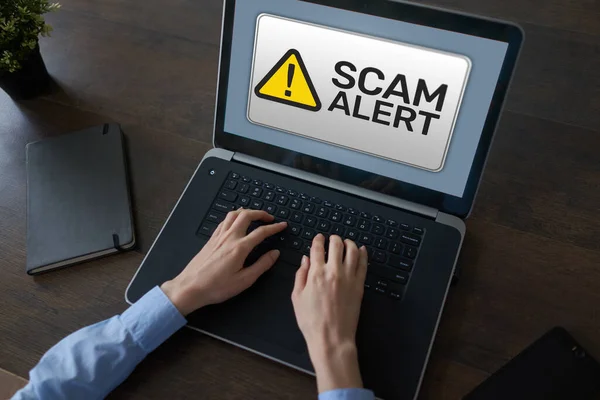
When it comes to managing crypto assets, it's not just about protecting your wallet and its contents from physical theft or damage; you also need to be vigilant against scams and phishing attacks. Unfortunately, scammers and hackers are always looking for ways to steal cryptocurrencies from unsuspecting victims. Here are some tips to help you stay safe:
Be cautious with emails and messages: Scammers may use emails or messages that appear to be from a legitimate source, such as a wallet provider or an exchange, to trick you into giving away your password or other sensitive information. Always double-check the sender's email address and be wary of any unsolicited messages asking for personal or financial information.
Avoid giving out your private keys: Your private key is the key to your crypto wallet, and you should never give it out to anyone. Scammers may try to convince you to share your private key by claiming to be customer support or offering to help you with a problem. Never give out your private key, no matter what.
Use reputable services: Make sure you're using a reputable wallet or exchange to manage your crypto assets. Do your research and read reviews to ensure that the service you're using has a good reputation for security and customer support.
Keep your software updated: Keeping your wallet software and any other relevant software updated is crucial for staying secure. Software updates often include security patches that address vulnerabilities that could be exploited by hackers or scammers.
Use anti-malware software: Use anti-malware software to protect your device from malware that could compromise your security. Keep your anti-malware software updated to ensure that it's always protecting you against the latest threats.
By being aware of these potential threats and taking the necessary precautions, you can help protect yourself and your crypto assets against scammers and hackers. Remember, the best defense is always to be vigilant and cautious with your personal and financial information.
Conclusion
Congratulations, you made it to the end of the article! By now, you should have a good understanding of how to securely store and manage your crypto assets. Remember, crypto assets are not like traditional currencies, and they require a different approach to security.
To recap, you should understand the risks involved with storing and managing crypto assets, choose a secure wallet, set up strong passwords and two-factor authentication, keep your software updated, secure your internet connection, backup your wallet, use cold storage for long-term storage, and be vigilant against scams and phishing attacks.
By following these best practices, you can significantly reduce the risk of losing your crypto assets to hackers or other bad actors. Remember, prevention is always better than cure, and it's much easier to prevent a security breach than to recover from one.
We hope you found this guide helpful and informative. By taking the necessary precautions, you can enjoy the benefits of owning crypto assets without worrying about the security of your holdings. Stay safe and happy investing!
 Reviewed by jadan
on
February 28, 2023
Rating:
Reviewed by jadan
on
February 28, 2023
Rating:




No comments: